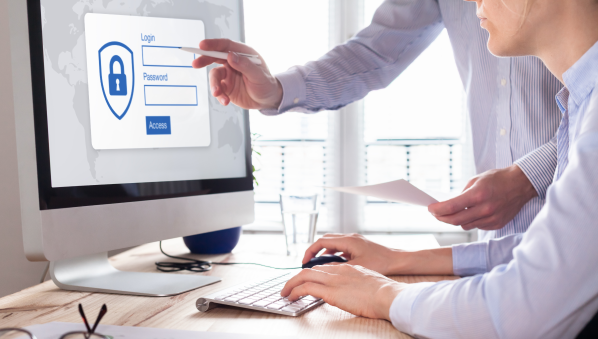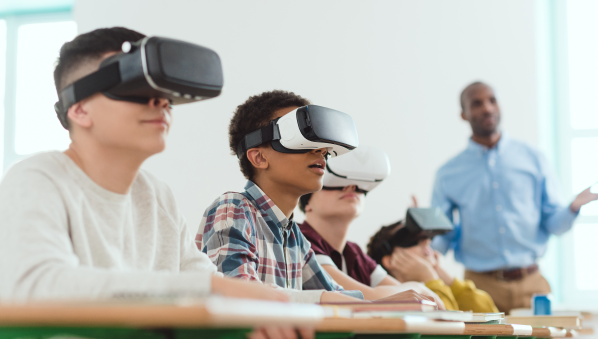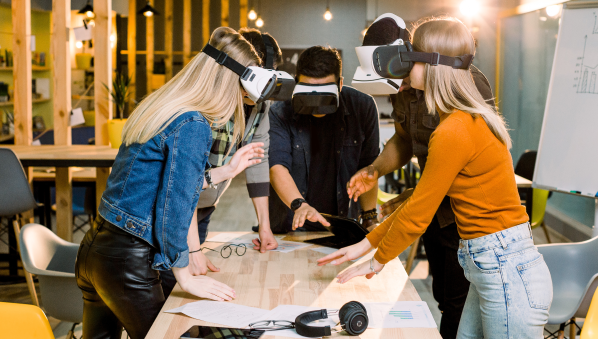No matter how often or where you use a wireless connection, it's essential to take steps to protect your security and privacy. Fortunately, there are simple steps you can take to reduce your risks when using public Wi-Fi.
Don't enter your personal information on any apps
Your personal information, such as your address, credit card number, and Social Security number, is valuable. However, if it falls into the wrong hands, it can be used to commit identity theft or fraud.
Therefore, you should avoid entering this information while using a public Wi-Fi connection. Additionally, avoid logging into sensitive accounts, such as your bank account or email account, while using a shared internet connection.
Entering personal information on a website or app while connected to public Wi-Fi is a consumer safety risk. This is because there is a heightened risk of data breaches and other malicious attacks. To protect yourself, only enter personal info while on a secure network.
Enable two-factor authentication
Two-factor authentication (2FA) is an extra layer of account security used to verify your identity. When 2FA is enabled, you must enter your username and password and a code generated by an authenticator app or sent to your phone. This makes it more difficult for someone to access your account, even if they have your password.
You should enable 2FA for all your important accounts, such as your bank account, email account and social media accounts. To do this, research your service provider's account security policy and follow the instructions.
Enabling 2FA is one of the best ways to protect yourself when using public Wi-Fi. This is because it makes it more difficult for someone to gain access to your accounts, even if they can intercept your data.
Consider using a mobile VPN
A mobile VPN is a type of software that encrypts your data and routes it through a secure server. Securing your mobile device makes it more difficult for someone to intercept and view your data. Additionally, a mobile VPN can help you avoid hotspot honeypots and other malicious public Wi-Fi networks. If you use public Wi-Fi regularly, consider installing a mobile VPN on your device.
Look for secure websites
When entering sensitive information on a website, you should always check to ensure the connection is secure. For example, you can check for "HTTPS" in the URL and look for a lock icon. These are signs that the website uses SSL/TLS encryption and that your data will be securely transmitted.
Additionally, you can install browser extensions, such as a VPN browser extension or HTTPS Everywhere, that force websites to use HTTPS encryption. This is a good option if you're concerned about a particular website or if you frequently use public Wi-Fi.
Disable file sharing
File sharing is a convenient way to transfer files between devices. However, it's also a security risk. When you enable file sharing, you're giving other people on the network access to your files. This means someone could view or download sensitive information, such as your financial records or personal photos.
To protect yourself, you should disable file sharing before connecting to public Wi-Fi. You can usually do this in your device's "Network and Sharing Center" or "Network Connections" settings. If you're unsure how to disable file sharing, consult your device's documentation.
By disabling file sharing, you are:
- Protecting sensitive information on your device.
- Preventing other people from accessing your files.
- Reducing the risk of data breaches and other malicious attacks.
Consider using your mobile data
If you’re ever unsure, it’s best to avoid using public Wi-Fi altogether and opt for your mobile data. Not only does this decrease your chances of encountering a security breach, but it’s also the easiest option if you have 5G or unlimited mobile data. If you have Wi-Fi-reliant devices, such as a tablet or a computer, consider using your own hotspot if you have one on your smartphone device.
Public Wi-Fi is a valuable tool to many people, but it's important to use it safely and securely. With knowledge and the proper precautions, you can significantly reduce your risk while using public Wi-Fi. Keep these tips in mind the next time you connect to public Wi-Fi and stay safe online.









